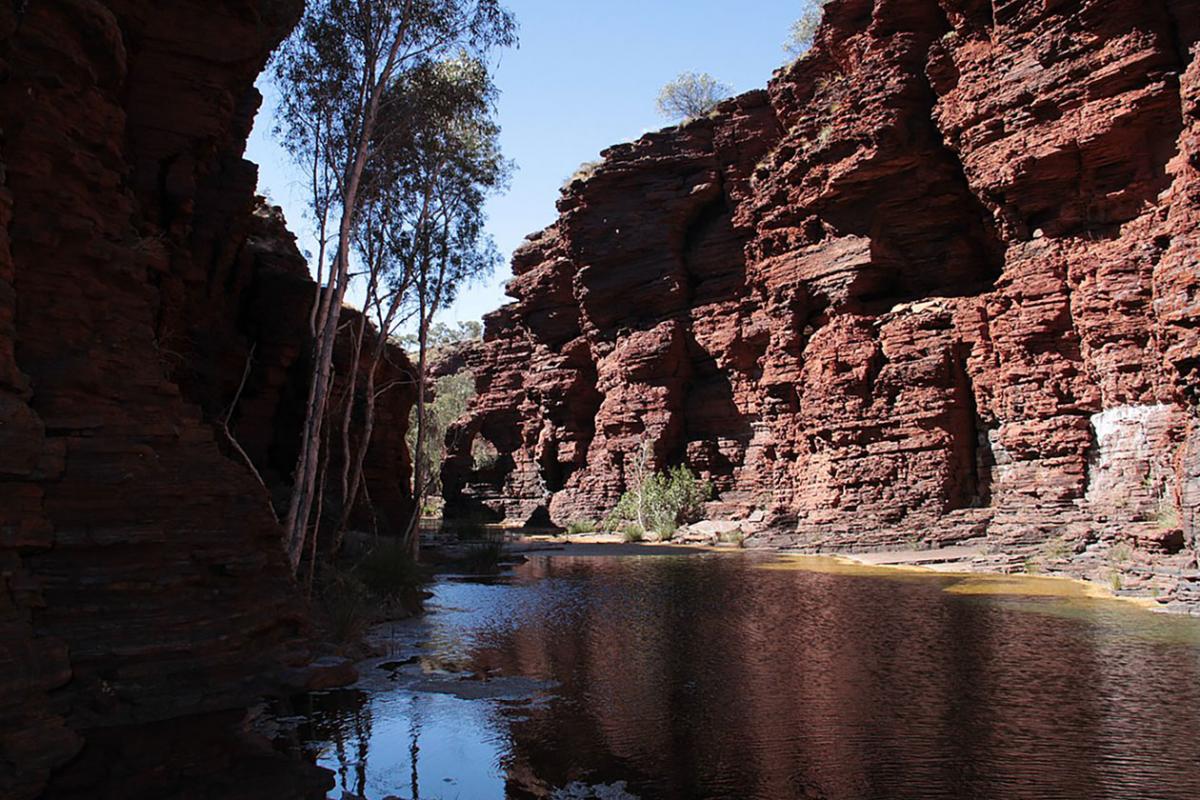D: Yaël, do you remember the movie ‘Waterworld’. It was a story about a future where Earth was entirely flooded and almost no dry land remained. I wonder if there really could be a planet like that.
Y: Many astronomers think that some exoplanets circling distant stars might be waterworlds, Don. But, maybe we don’t need to look that far away. In 2020 two American geologists published evidence that Earth’s surface may have been entirely covered with water up until at least three-point-two billion years ago.
D: This could tell us about what Earth was like when life got started. But, how could geologists know about conditions so long ago?
Y: The researchers studied rock deposits that were part of the ocean floor three-point-two billion years ago, in what’s now a remote part of Western Australia. In the lab, they determined the ratio of two oxygen isotopes--oxygen 16 and oxygen 18—in the rock samples they collected, giving an indication of that ratio in the ocean at the time. They found that the rocks contained a higher fraction of oxygen 18 than they expected.
D: So what?
Y: The researchers knew that today, exposed continental crust selectively absorbs water molecules containing oxygen 18, removing them from the ocean. The oxygen isotope ratio they found could be explained if this absorption process wasn’t going on because there was very little continental crust above the surface of the water or none at all, around three-point-two billion years ago.
D: I’d be more convinced if several different kinds of evidence all showed Earth was a waterworld.
Y: Given this important finding, I’m sure geologists are looking.










